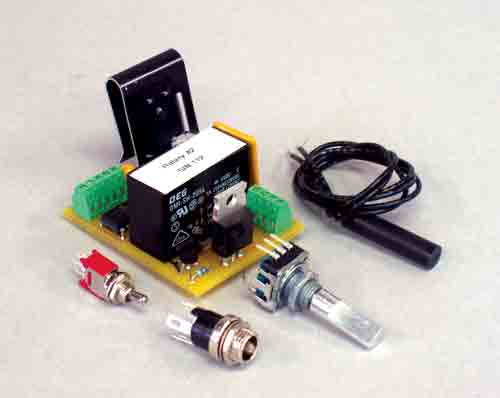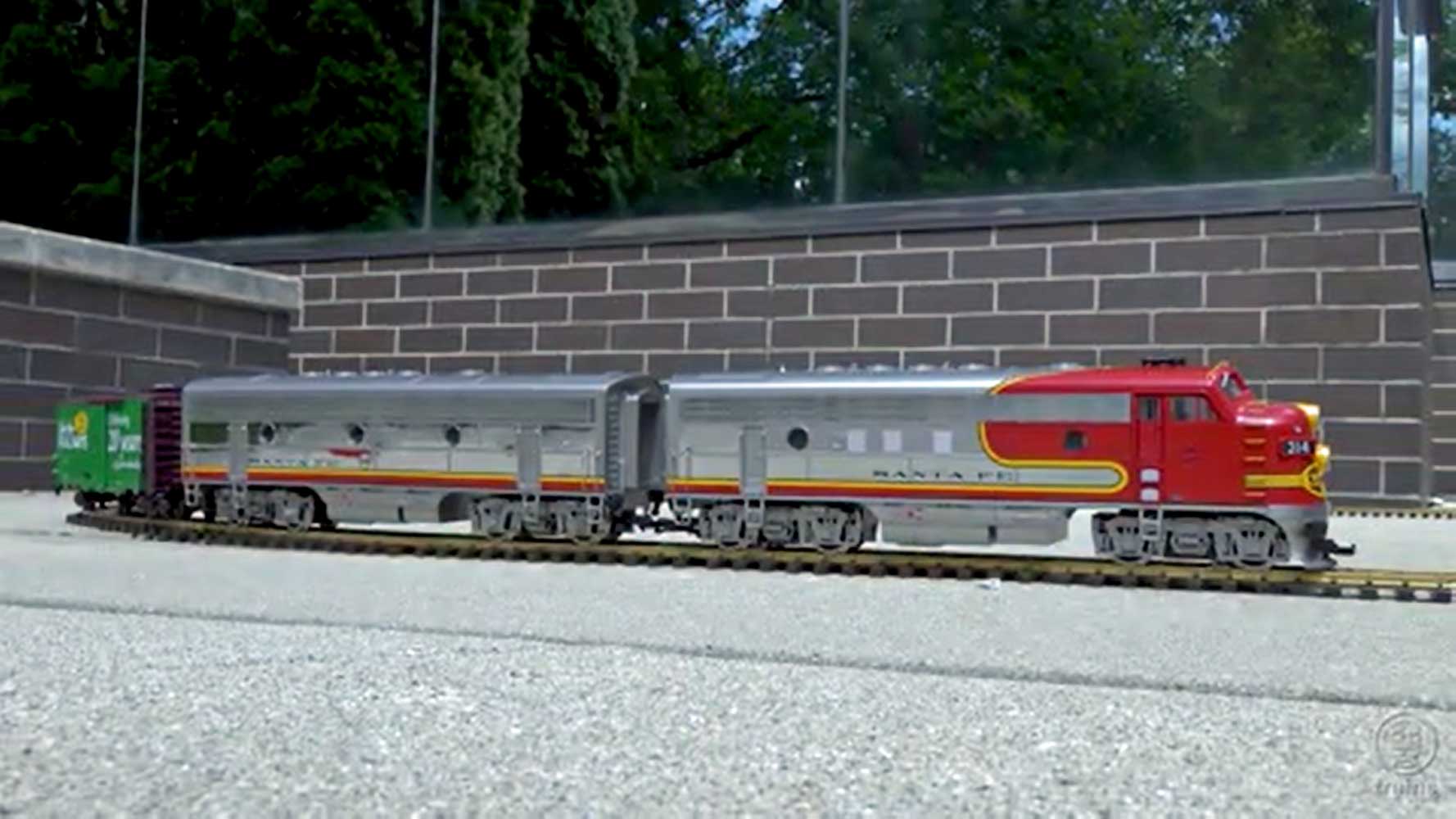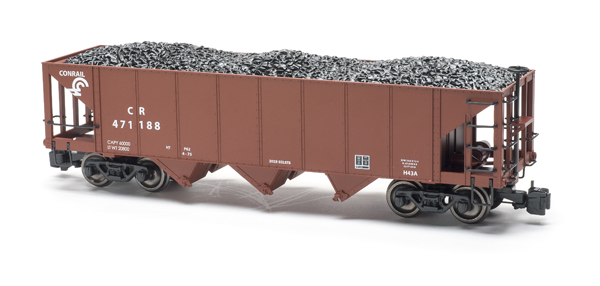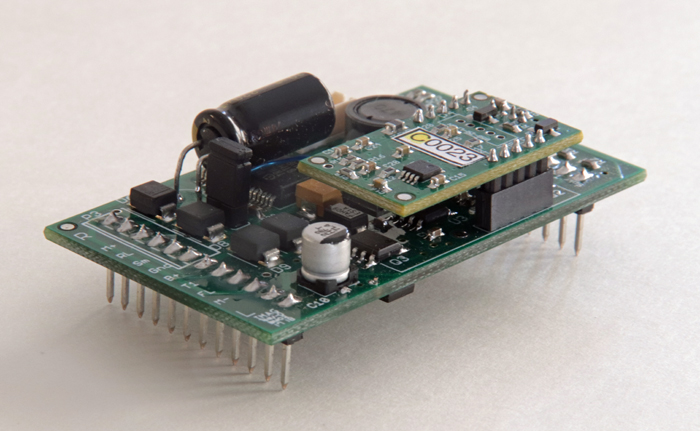Vital statistics
One-Touch Critter Control
G-Scale Graphics
4118 Clayton Ct.
Fort Collins CO 80525
Prices: Critter Control, rotary style
with built-in button, $69; reed
switch, $5; power switch, $5;
charging jack, $5
Web site: www.GScaleGraphics.net
Electronic unit to manually control speed and direction of battery-powered engine; 11-page instruction manual covers basics of track-power-to-battery-power conversion, installation, and operation; basic wiring and soldering skills required
Pros and cons
Pros: Easy-to-follow instructions; simple installation; can be used to control a locomotive, to
supply power for an entire railway, or to add
an interesting animation to an existing railway
Cons: None
Installation requires soldering five wires to the rotary operating switch, connecting them to the screw terminals located on the control board, and hooking up the power and motor leads. This is basic wiring that just about anyone should be able to complete without difficulty. The controller has a built-in circuit breaker and needs a minimum of 8V (max. 30V) to operate. The controller is 15/6″ wide x 2″ log x 11/2″ high. The operating-button shaft is 3/16″ in diameter.
To start the installation, I decided where in my locomotive I should mount the switch, control board, batteries, and charging jack. For this review I used a scratchbuilt box-cab “critter” that has plenty of room for all of the supplied components and battery pack. I cut the wires to the necessary lengths and soldered them to the various components; the reed switch already has wires attached. The control switch was located on the cab floor by using a piece of brass strap that has two 90° bends in it and a 1/4″-diameter hole for the threaded collar. The instructions suggest extending the control shaft so that it can extend through the cab roof. I used a section of brass to represent an exhaust stack. I mounted the charging jack so that it is accessible from the underside of the locomotive. I used a square piece of plastic tubing to locate the reed switch. A 12V, NiMH battery pack supplies power.
The instructions explain how to operate the One-Touch control manually with a handy, easy-to-follow operating table. You switch on the power, momentarily press on the control shaft (in this case the exhaust stack), and the locomotive starts up and accelerates to the speed that was set by rotating the shaft.
Momentarily pushing down on the shaft and then holding it down for a half second changes the direction and accelerates back up to speed. If the shaft is only pressed down momentarily while the engine is running, the locomotive will decelerate to a full stop. There are other functions as well as an emergency stop.
Now for the really cool part. By using the supplied reed switch in conjunction with properly spaced track magnets, the locomotive can be made to make 15-second stops and even reverse it self automatically. There is no limit to the number of stops available, so all manner of interesting operations are possible.
I used magnets from Radio Shack that I carefully placed between the rails. I was very pleased with the results. Once I set the locomotive in operation, it smoothly decelerated to a stop at the selected spot; after the 15-second interval it accelerated back up to the proper speed.
There is no end to the possibilities that this controller offers. You can easily add an interesting animated loop to an existing railway, create a complete point-to-point railway, or use it on a small display module. With proper supervision, it can also be operated on the same rails as track-powered equipment. I highly recommend this product.














